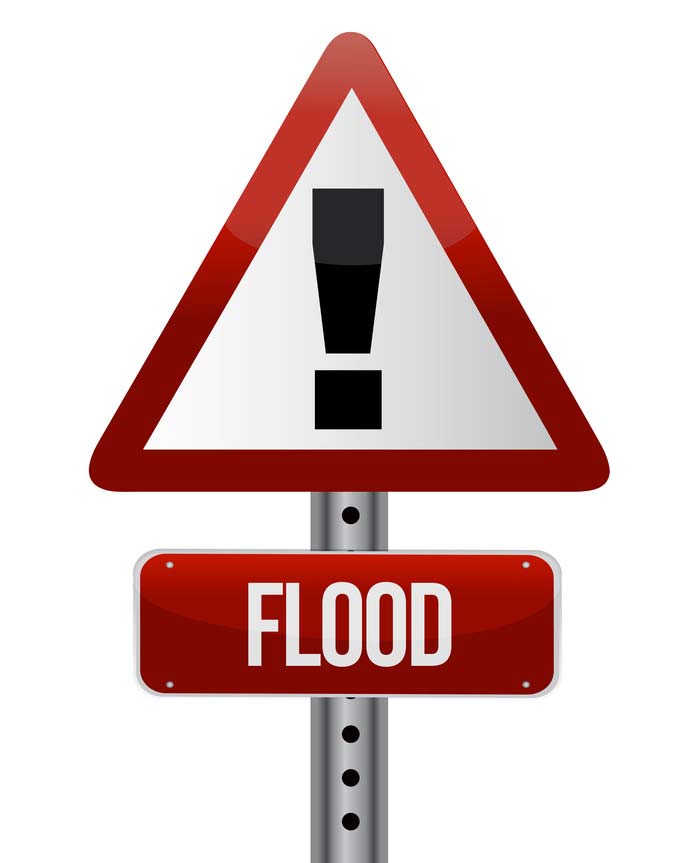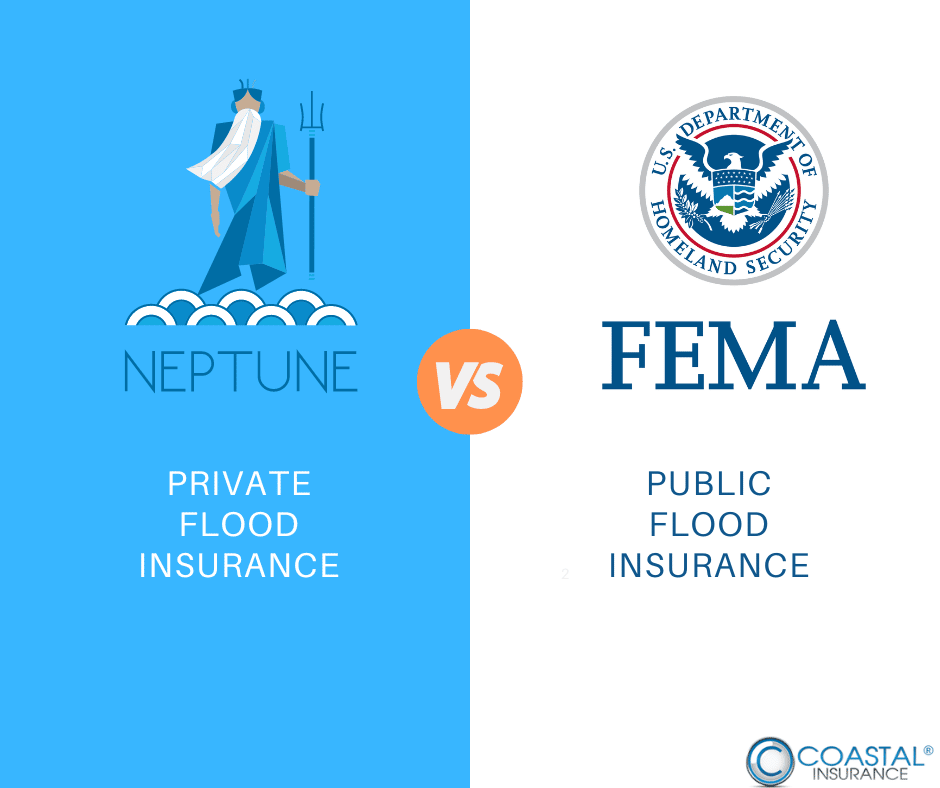 For the new year, FEMA’s big changes from last year carry over, allowing consumers more freedom to choose their own provider for flood insurance. Details on new options are provided in the closing.
For the new year, FEMA’s big changes from last year carry over, allowing consumers more freedom to choose their own provider for flood insurance. Details on new options are provided in the closing.
For consumers choosing to keep or purchase policies provided through the National Flood Insurance Program (NFIP), there are some important changes to the program beginning April 1, 2019, with additional changes phasing in on January 1, 2020. NFIP changes effective April 1, 2019, affect both new policies and renewals of existing policies.
- Premium Increases: Base premiums will increase an average of 7.3% after surcharges and fees. Rates for individual policies may vary. For individual households, premium increases are limited to a maximum of 18% per year to comply with legislation passed in 2014 aimed at flood insurance affordability. However, allowances provide for additional increases for some properties as highlighted in the next section.
- Beginning April 1, 2019, FEMA is introducing a new premium for policies with a Severe Repetitive Loss (SRL) designation. The SRL premium is calculated at 5% of the policy’s Annual Subtotal Premium.
- Also to comply with federal legislation, four categories of Pre-FIRM subsidized policies, meaning policies for properties built before the effective date of the first Flood Insurance Rate Map (FIRM) for the community, must increase by 25% annually until these subsidized policies reach full-risk rates. Subsidized non-primary residential properties, business properties, SRL properties, and properties that have been substantially damaged or substantially improved are affected. While not a new requirement for 2019, this continuing increase may affect some existing NFIP policies.
- Beginning April 1, 2019, new flood insurance policies issued through FEMA will allow a 2-to-4 family building to be a primary residence. This change simplifies flood insurance coverage for these properties and reduces the Home Flood Insurance Affordability Act (HFIAA) surcharge to $25 from its current $250 in many cases. Policyholders must provide documentation that demonstrates the multifamily property is their primary residence.
- Effective January 1, 2020, Preferred Risk Policies (PRP) will have an average base premium increase of percent. Preferred risk policies are available for properties in moderate-risk B, C, and X flood zones. Also beginning in January of 2020, properties in A99 and AR zones will be eligible as preferred risk policies, reducing flood insurance cost for these buildings.
- Effective January 1st, 2020, Newly Mapped Policies (NMP) will see an average policy cost increase of 13 percent after surcharges and fees. Newly mapped properties are given preferred risk policy premiums for the first 12 months following the effective date of a flood map change, which means these policies are initially subsidized. New changes effective in 2020 accelerate premium increases to reach full-risk rates over time.
- A small change to the declarations page on new and renewed policies will refer customers to NFIP’s Pricing Approach, which details many costs and rating factors used to determine rates for NFIP policyholders.





